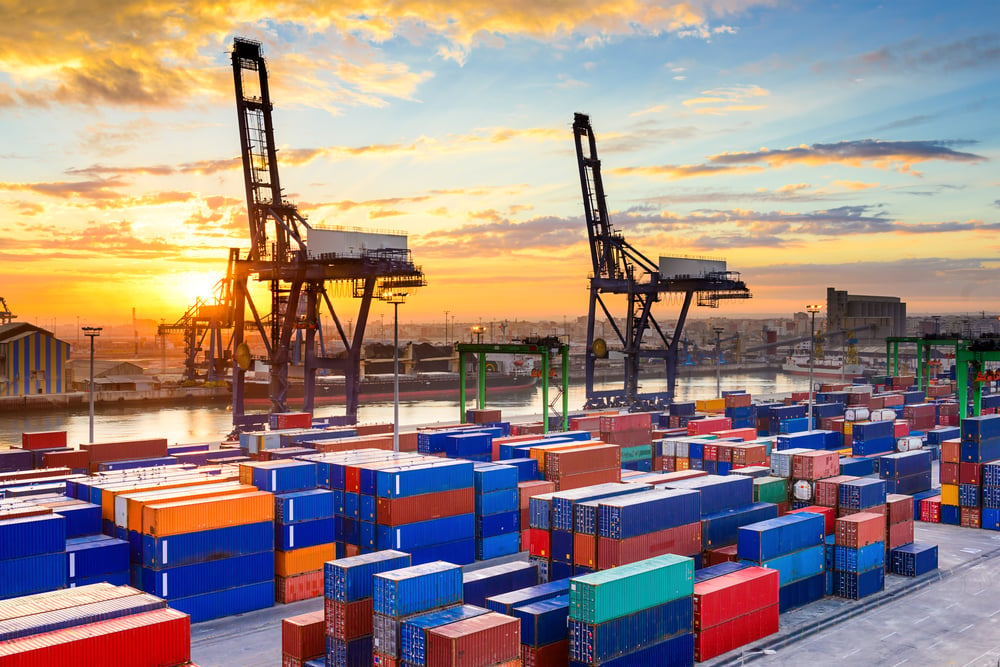HR News & Education
Check out the latest news and resources for small businesses covering topics such as human resources, employee engagement, and management.
How Small Businesses can Brave Supply Chain Disruptions

When things are working as expected, most people don’t spend much time thinking about the supply chain. They simply expect products to be available on the shelves of their favorite stores or in stock when they shop online.
However, in 2021, it became clear just how important the supply chain truly is. The supply chain challenges revealed by the pandemic created real difficulties for both consumers and businesses.
What Caused the Recent Supply Chain Challenges?
The truth is that the supply chain disruptions we’ve experienced in the past year have more than one cause. Some of the primary causes include:
- Infrastructure issues
- Failure to prioritize sustainability
- Too much focus on low cost and speed
- Lack of disaster planning that included managing supply chain disruptions
This convergence of factors has led to empty shelves, delays, and higher costs. That’s frustrating enough for consumers.
Unfortunately, small business owners often feel the squeeze from both sides. They must contend with unhappy customers and lost business. At the same time, they are dealing with the impacts of supply chain challenges that are faced by their vendors and suppliers.
So what can a small business owner do to survive in times like this? Let’s look at some suggestions for managing supply chain disruptions and maintaining your business growth when these challenges appear.
Identify Alternative Suppliers
The first step in managing supply chain disruptions is to plan for failure. Analyze every component and step that is involved in ordering products or supplies and getting them to your customers. Consider what you might do at each step if there was some failure.
In most cases, your best solution will be to find alternatives to the couriers, vendors, and suppliers you rely on. This way, if they are unable to provide what you need, you have a backup. Start building relationships with these businesses now. Don’t wait until a crisis occurs.
By doing this, you may not be able to avoid delays entirely. However, you can shorten them significantly.
Also, you should avoid relying on a single supplier solution for any product. If you can, use multiple suppliers to avoid disruptions and ensure stronger business relationships. If possible, work with companies in different locations. This strategy reduces your risk of supply chain issues caused by natural disasters or other location-based crises.
Improve Warehouse Operations
Any supply chain issues you encounter will be that much worse if your warehouse management isn’t up to par.
Start working now to optimize the space that you have, keep your inventory organized, and make your processes efficient. It may be worth investing in technology such as robotics or handhelds to make things work at an even faster pace.
Keep in mind that your warehouse isn’t an entirely separate entity. It’s important to coordinate your efforts to optimize the logistics side of your business with other departments. For example, you might coordinate with your HR department to ensure you can attract and hire the right talent during your busiest times.
Order High Demand Items Early
Supply chain issues impacted a range of industries in 2021. However, some companies were able to predict that there would be problems and plan accordingly.
If you have any reason to believe you will experience disruptions, place orders for high-demand items as soon as you can. If you can keep those in inventory, you will be in a much better position if a crisis hits.
Invest in Professional Logistics Management
One of the challenges of running a small business is deciding which functions should remain in-house and which you should outsource. Logistics is one area in which it could be worth spending the money required to get the help of a professional.
By collaborating with third-party logistics providers (3PLs), you can place a large portion of supply chain management in the hands of professionals. They’ll take over tasks like finding alternative suppliers and predicting upcoming disruptions so that you can focus on business growth.
Use Data for Improved Predictability
Every activity involved in the supply chain generates a significant amount of data. If you can capture that and analyze it, you can use it to make better predictions and decisions. To do that, you will need to invest in supply chain analytics.
What is supply chain analytics? It’s a process that uses data created by supply chain activities to improve decision-making and future planning. Supply chain analytics can have a positive impact on:
- Sourcing
- Transportation
- Warehousing
- Sales
For example, by monitoring publicly available data on news and trending events, you could identify issues that will impact your suppliers or delivery companies. This knowledge empowers you to take decisive action earlier than your competitors.
Help Your Small Business Thrive in any Climate
Whether you are struggling with supply chain disruptions or other challenges, you need access to professional business insights. At Symply, we are dedicated to providing you with the resources you need. Subscribe to our news and resources for up-to-date information you can use right now.


